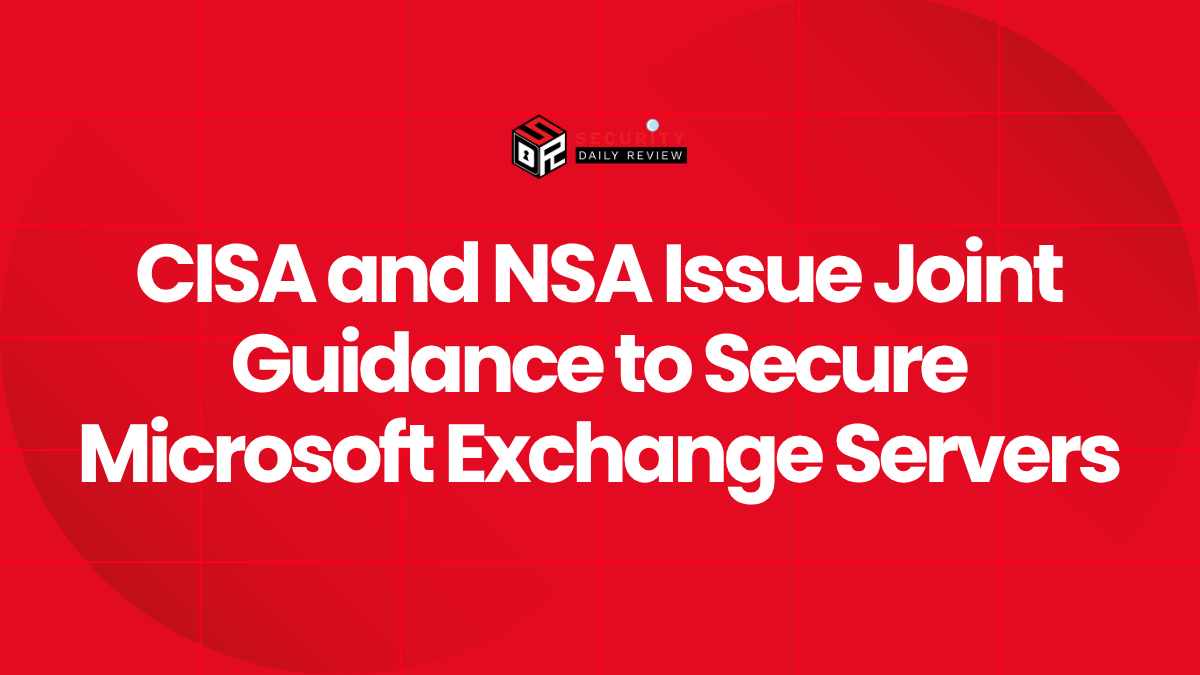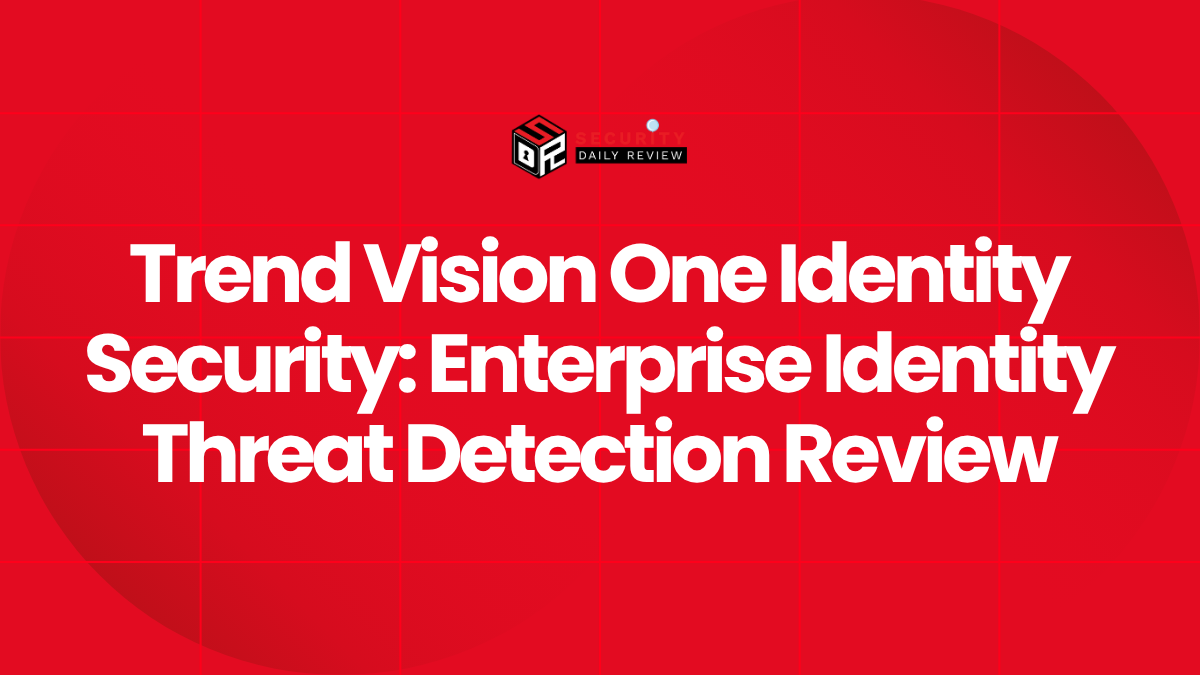The Cybersecurity and Infrastructure Security Agency (CISA) and the National Security Agency (NSA) have released new technical guidance aimed at bolstering defenses for Microsoft Exchange servers. The move comes amid persisting concerns over widespread exploitation of Exchange server vulnerabilities by threat actors seeking unauthorized access and data exfiltration.
Federal Agencies Address a Lingering Enterprise Risk
Microsoft Exchange Servers Remain a High-Value Target for Attackers
Microsoft Exchange servers continue to be an attractive target for cybercriminals and state-sponsored actors due to their central role in enterprise communications and authentication systems. The recent guidance from CISA and NSA responds to a landscape where legacy systems and misconfigurations often leave Exchange deployments wide open to exploitation.
While Microsoft has issued numerous security patches for Exchange Server over the past few years, these systems still suffer from poor implementation of secure practices, allowing attackers to exploit known vulnerabilities or misuse features for privilege escalation. High-profile campaigns such as ProxyLogon and ProxyShell have demonstrated how unpatched, internet-exposed Exchange servers can be weaponized to gain persistent access to enterprise networks.
Technical Recommendations Focus on Secure Deployment and Feature Reduction
Guidance Offers Defensive Best Practices for Administrators
The advisory—titled “Deploying Microsoft Exchange Online and Exchange Server Securely” —delivers actionable recommendations to IT administrators, with a strong emphasis on reducing the attack surface and disabling non-essential features. The document presents controls and configurations essential for resilient Exchange architecture.
Core Recommendations Include:
- Minimizing exposure : Administrators are advised to avoid exposing Exchange Admin Center (EAC) and Outlook Web Access (OWA) interfaces directly to the internet.
- Implementing Zero Trust principles : Strong authentication mechanisms, such as multifactor authentication (MFA) and segmentation of admin servers, are emphasized.
- Limiting legacy protocols : Disabling or restricting use of legacy authentication protocols that lack support for modern security standards is encouraged.
- Enabling logging and monitoring : Comprehensive logging, especially via the Windows Event Logs and Exchange’s built-in audit capabilities, should be instituted to detect anomalies early.
These defensive measures represent a concerted attempt to close off common attack vectors. In particular, the guidance urges administrators to critically evaluate Exchange’s default settings and take steps toward restrictive permissions and minimal feature exposure.
Continued Threat Activity Spurs Timely Intervention
Advanced Persistent Threats (APTs) Still Exploit Exchange Vulnerabilities
Despite intensive mitigation efforts from enterprise IT teams, exploitation of Exchange vulnerabilities remains a common tactic among advanced persistent threat (APT) groups. These actors often combine Exchange bugs with post-exploitation toolkits to facilitate lateral movement, credential dumps, and long dwell times.
CISA and NSA note that many incidents could have been averted had best practices around segmentation, patching, and access control been implemented proactively. The guidance thus aims to instill a “secure-by-default” posture—where hardened Exchange Server deployments are resistant to both opportunistic and targeted attacks.
Supporting the Broader Federal Cybersecurity Strategy
Guidance Aligns With Secure Cloud Adoption and Zero Trust Policies
This advisory is the latest in a series of technical documents that reflect the U.S. government’s broader cybersecurity mandates under Executive Order 14028. It aligns with Zero Trust reference architectures and promotes secure hybrid deployments—particularly important for organizations transitioning from on-premises Exchange servers to Microsoft Exchange Online or hybrid cloud environments.
By integrating CISA and NSA’s recommendations, organizations not only secure their messaging infrastructure but also contribute to national efforts aimed at increasing cyber resilience across critical infrastructure.
Conclusion: Shift Security Left With Proactive Configuration
Microsoft Exchange’s inherent complexity and legacy component stack can make security configuration challenging. However, the latest joint guidance from CISA and NSA presents a blueprint for enterprise defenders to shift left—focusing on strategic changes in architecture, configuration, and monitoring to prevent exploitation before it occurs.
Organizations running any version of Microsoft Exchange—whether on-premises or in a hybrid setup—should treat this guidance as essential reading. By acting on these best practices, administrators can reduce risk and reinforce the security perimeter around one of the most critical elements in enterprise ecosystems.









